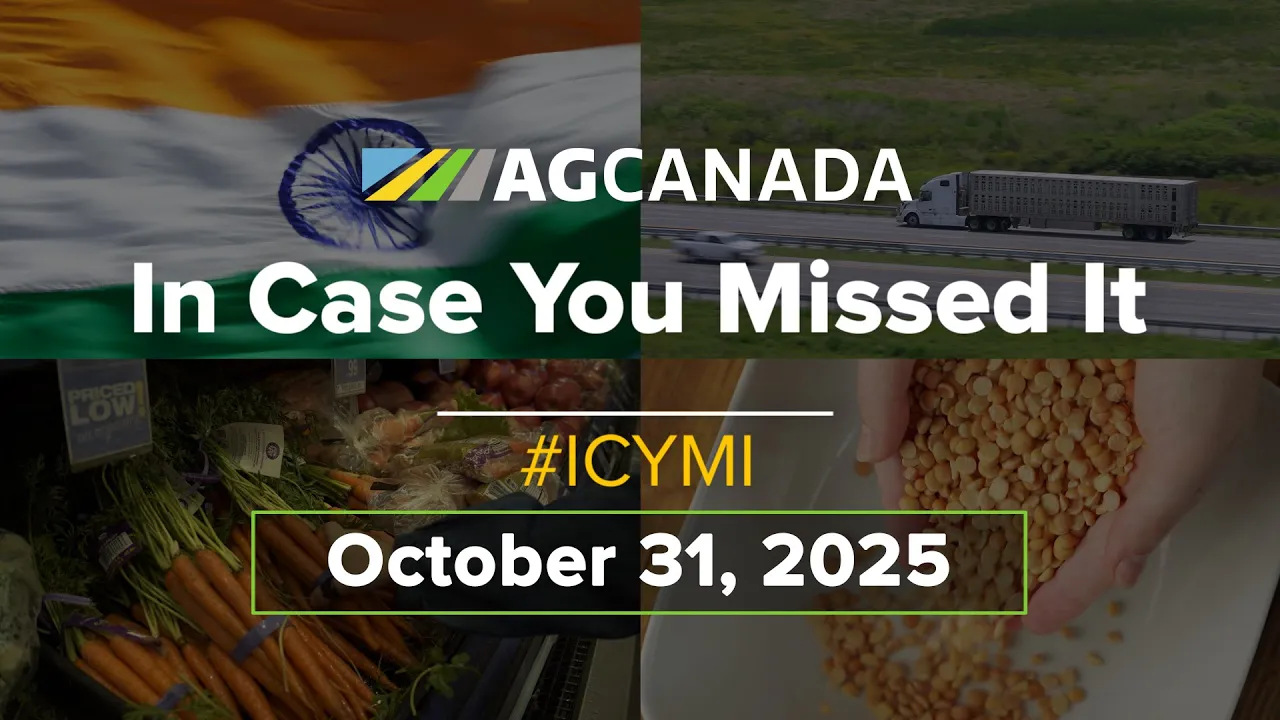There is no shortage of information available on farm succession plans, but many farm families are still confused and uncomfortable with the subject.
Many are uncertain about what a succession plan looks like, and there are questions about what process to use and what to include in the plan so that it can meet their specific needs.
It’s not a “one size fits all” process. A plan should be tailored to meet a family’s unique situation.
Succession planning and estate planning are distinct activities but complement each other.
Read Also

AGCanadaTV: In case you missed it; your national ag news recap for Oct. 31, 2025
https://youtu.be/E-6zl_ifRKc American agriculture groups call for CUSMA renewal American agriculture and food groups are calling for a full, 16-year renewal…
Estate planning deals specifically with wills and legal documents, tax management strategies, investment and savings, insurance, estate distribution and contingencies.
A succession plan, in which the next generation is going to be farming, must include a complementary estate plan, but not necessarily vice versa.
If the next generation is not interested in farming, then the retiring farming family may need only an estate plan.
A succession plan is a living document that helps guide decisions around ownership, leadership, management, business structure, tax strategies and contingency plans. It is made up of several independent but related documents.
Imagine a binder organized into separate tabs, each filled with different papers that can be easily referenced, removed and/or replaced as circumstances change.
There are several steps to developing a plan, which can take from several months to several years to complete, depending on the family and the needs and size of the business .
Here are four succession planning approaches that farm families can use.
This approach is the most detailed and all-inclusive approach. Most farm families will take a year or more to work through all the topics.
The following planning activities could be included in a comprehensive approach:
- goals
- values
- retiring generation needs and wants in retirement
- financial performance
- personalities or behaviours audit
- communication
- challenges (“soft” issues) in succession planning
- conflict management
- resource team information summary
- vision
- situational analysis
- risk management
- critical management issues
- successor assessment
- organizational structure and human resource management components
- ownership transfer options
- compensation plan
- training and skill set development
- roles, responsibility and authority during succession
- deal breaker issues
- legal agreements
- tax strategies
- wills, insurance, estate distribution
Families use this approach when the next generation may not want to return to the farm or business.
The most important topics to consider are related to the estate plan. Families following this approach could work through the topics in six months or less.
This approach already involves having a good understanding of how the farm family will manage through their succession.
They need to understand the different ownership transfer options that are available and their related advantages and disadvantages.
They will also need to apply the most appropriate and advantageous tax strategy possible.
Families following this approach could work through the topics in developing their plan in six months or less.
Note that the implementation of the plan can take several years, de-pending on the situation.
Families may find that none of the approaches outlined above meet their needs.
The user-defined approach suggests that they tailor the succession planning topics to meet their specific needs. Farm families will often select from the comprehensive approach what they want to include in their planning process.














